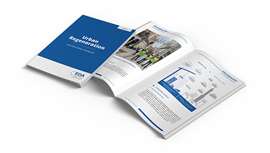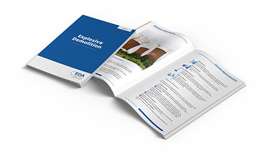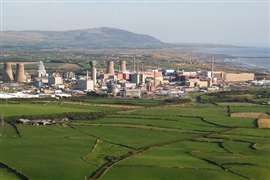EDA launches Explosive Demolition and Urban Regeneration guides
11 June 2025
The European Demolition Association (EDA) has published two new industry guides, designed to help project stakeholders and other construction and built environment professionals who are involved with demolition projects.
 The Guide on Urban Regeneration and Demolition Footprint. (IMAGE: EDA)
The Guide on Urban Regeneration and Demolition Footprint. (IMAGE: EDA)
The Guide on Urban Regeneration and Carbon Footprint of Demolition and the Explosive Demolition Guide are now available on the association’s website, and will also be available in hard copy at the association’s upcoming Annual Convention—which will take place in Venice, Italy, this week (from 12 to 14 June).
The new Guide on Urban Regeneration and Carbon Footprint of Demolition aims to “to change the way demolition is perceived, highlighting its essential role in creating more sustainable, resilient, and functional urban spaces”, said the EDA.
Designed for public administrations, developers, architects, urban planners and other construction industry professionals, the Urban Regeneration and Carbon Footprint of Demolition guide was developed by the association’s Urban Regeneration Working Group.
It is divided into three main sections and covers a range of topics, including the strategic importance of demolition, how it contributes to circular economy, its environmental, social, and economic impacts, and the concept of embodied carbon.
“It also includes practical recommendations to ensure that demolition contractors are properly integrated into projects,” said the EDA.
 The Explosive Demolition Guide. (IMAGE: EDA)
The Explosive Demolition Guide. (IMAGE: EDA)
Similarly, the new publication on Explosive Demolition will also offer practical guidance. Produced by the association’s Explosive Working Group, the document is intended to help clients—such as property owners and managers—understand when explosive demolition is appropriate and how it can be implemented responsibly.
It outlines the method in clear, accessible language and includes key steps and considerations to ensure safety and effectiveness.
The EDA said the guide aims to “promote best practices and informed decision-making in the use of explosive techniques within the demolition industry”. It described the guide as a useful resource for those planning or overseeing large and complex demolition projects.
CONNECT WITH THE TEAM









